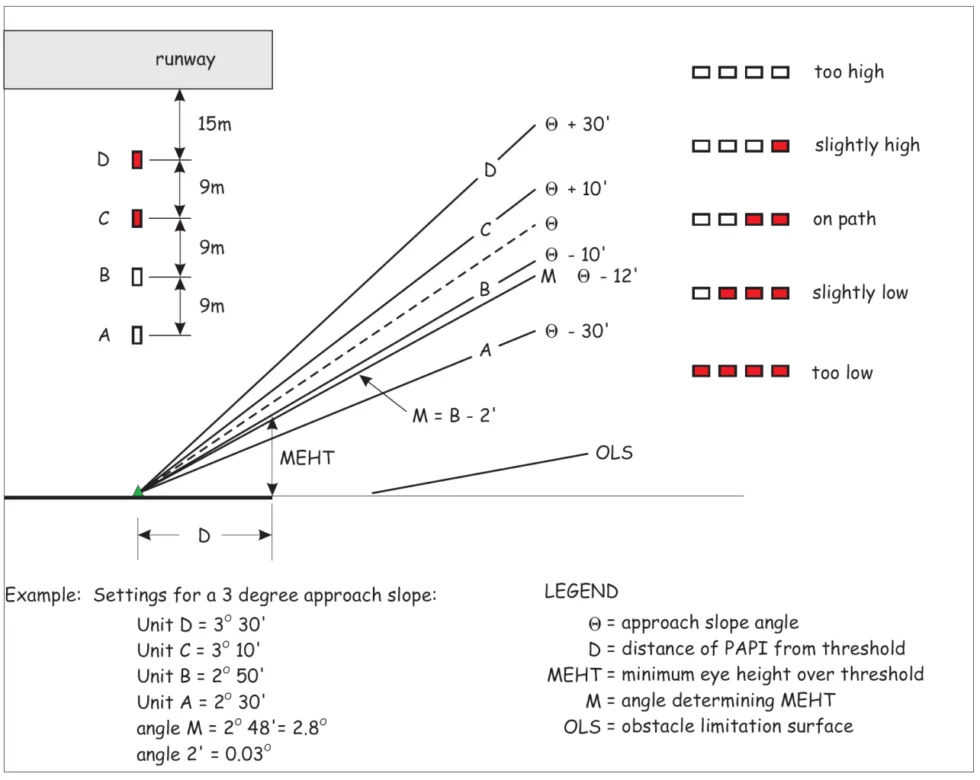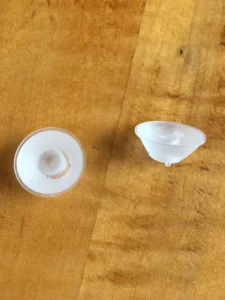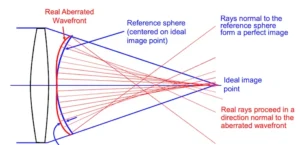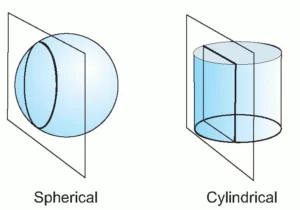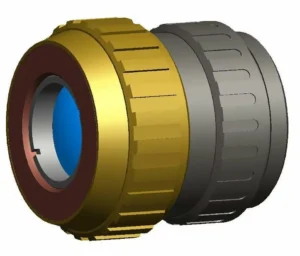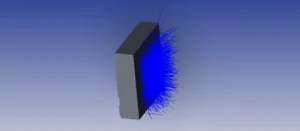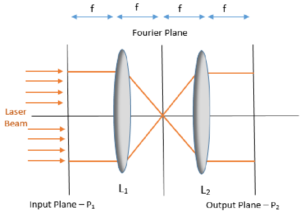In a previous article we talked about Aviation Light Optics. and discussed a runway light system called Precision Approach Path Indicator (PAPI). Now we would like to go more in detail into PAPI design and describe their design requirements.
The PAPI system is a set of four light sources that help the pilots correct the aircraft during touchdown. You can see the PAPI system in figure 1, as four red lights on the left side of the tarmac, close to the horizon. PAPI light sources can be either white or red. If an airplane is too low, the PAPI system will show four red lights (as in figure 1), if the aircraft is too high all four lights will be white. So, a combination of red and white lights can help the pilots correct their landing approach.

The traditional PAPI optical systems use incandescent sources. The characteristics of each light unit are identical: each PAPI light consists of a light source, red filter and lenses. A high-intensity beam which shows two distinct colors is emitted from each unit – the lower part is red while the upper part is white. The color transition boundaries of the four units are fixed at different angles, creating the PAPI guidance beams. A simplify image is shown in Figure 2.

More modern designs use arrays of LEDs as a light source. There are two common configurations that are shown in Figure 3. The first one is similar to the design that we shown previously in figure 2. We have a single white light source, and a red filter that covers the upper half of the light emitted by our source. The second design uses two sets of arrays, one of white light and other one of red light, creating two different color sectors. In the enclosure there is a separation screen

LED-based PAPI optical designs present several advantages over the traditional incandescent light sources. Lower power consumption, longer life, very small degradation over the life span, better operation under extreme weather.
When an aircraft approaches the runway, the angle of its approach determines whether the light beams appear red or white to the pilot. If the aircraft is approaching on the correct glide path, the four light PAPI system will show two red lights and two white lights; too steep of an approach increases the number of white lights, while too shallow of an angle increases the number of red lights. This angular approach is shown in figure 4.
Following this guidance makes it easy for the pilot to correctly angle their aircraft and land in the designated part of the runway.
